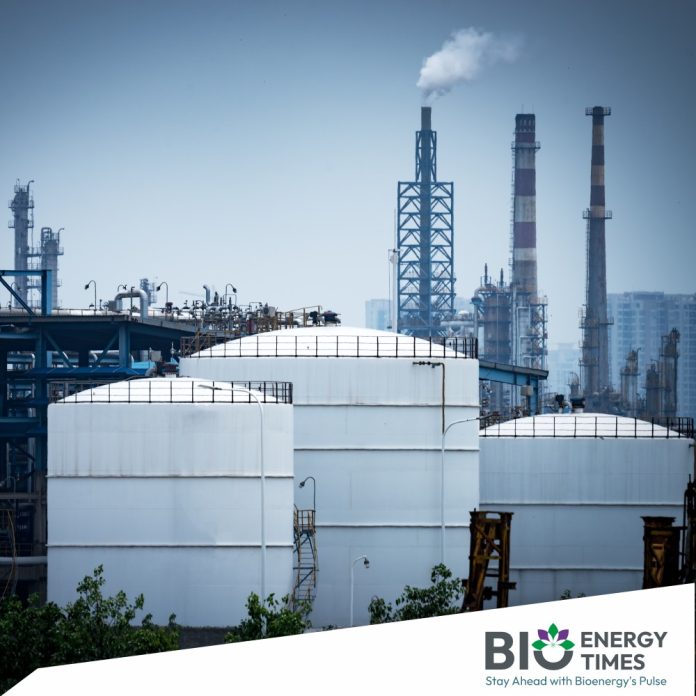India is set to become a key player in global energy markets, with its growing energy demand expected to drive optimism amid the challenges faced by global oil markets, according to a report by S&P Global Commodity Insights released on Wednesday.
Experts at S&P Global highlighted that India’s strong demand growth, efforts to diversify supply sources, and a comprehensive approach to the energy transition will increasingly influence global energy dynamics. These developments come at a time when the global oil market is facing headwinds, including weak demand and rising supply from both OPEC+ and non-OPEC+ countries.
“Global oil prices have weakened due to a challenging demand environment compounded by supply growth from OPEC+ and other producers,” said Pulkit Agarwal, Head of India Content (Cross Commodities) at S&P Global Commodity Insights. He pointed out that uncertainties surrounding trade, tariffs, and demand from China are significant factors adding to market volatility.
For India, however, oil demand continues to rise, driven by favorable demographics and strong economic growth. “India is rapidly becoming a central player in global oil demand growth. While the overall base is still relatively small, the country’s demand is beginning to have a substantial impact on global markets,” Agarwal explained.
India’s strategic diversification of oil sources, particularly its increasing reliance on Russian oil, is also playing a key role in reshaping global energy patterns.
Gauri Jauhar, another expert at S&P Global, emphasized that India’s rapid urbanization and economic development, along with the country’s high pollution levels, create a complex energy dilemma. While India is striving for cleaner energy, fossil fuels, especially coal, remain critical to its energy mix. She referred to this balancing act between economic growth, energy transition, and energy security as the “energy trilemma.”
In a related report, S&P Global noted that India’s expanding biofuels industry is becoming increasingly vital to the nation’s energy transformation, striking a balance between economic growth and sustainability. While bioethanol production is on track to meet its 20% blending target, scaling up bio-CNG production will require more focused efforts to address existing challenges.
Pritish Raj, Managing Editor for Asia Thermal Coal at S&P Global, also pointed out that India’s coal demand is projected to grow by about 60% by 2050. Domestic coal production is expected to meet most of this demand, with the non-power sector being a significant driver of imported coal needs. Raj believes that India’s coal production target of 1.5 billion metric tons is achievable, thanks to private sector investments, mine auctions, mechanized coal transportation, and favorable government policies. The rise in population, rapid economic growth, and greater access to electricity and disposable income will further support this demand growth.
According to the Petroleum Planning & Analysis Cell (PPAC), India’s dependence on crude oil imports rose to 87.7% in 2023-24, up slightly from 87.4% in the previous year.














